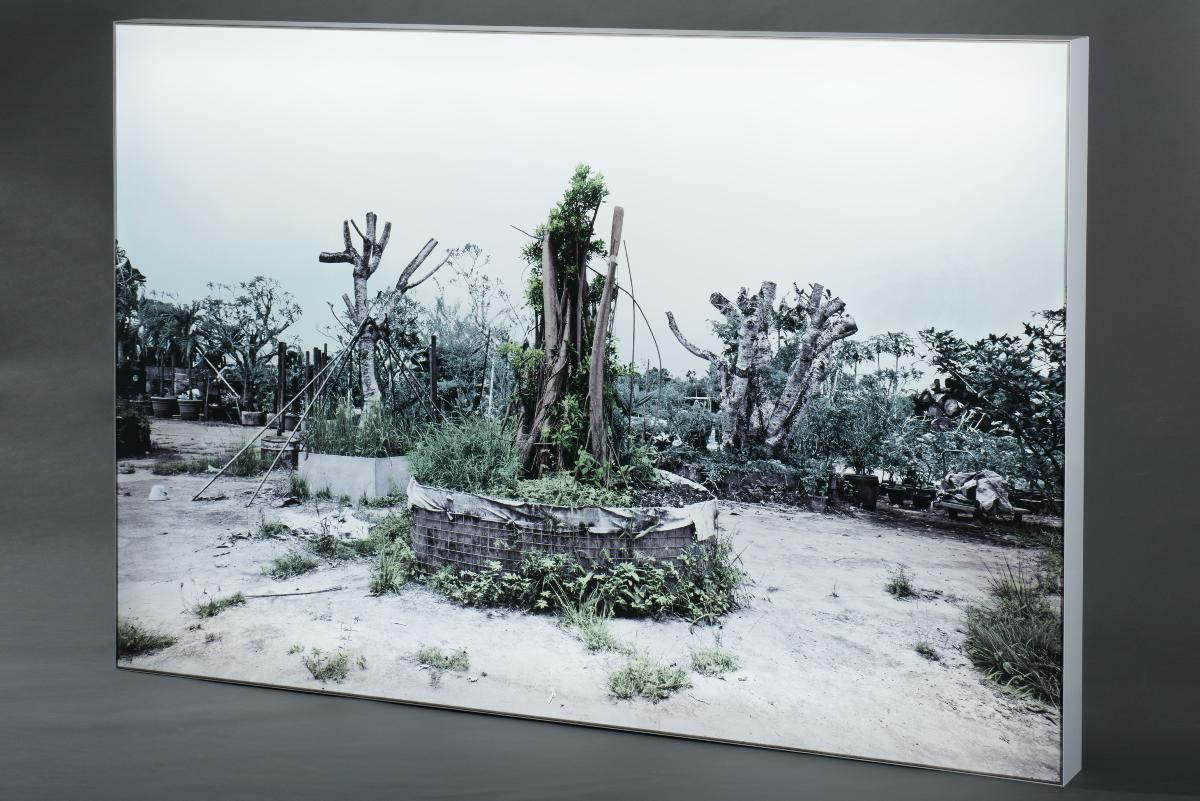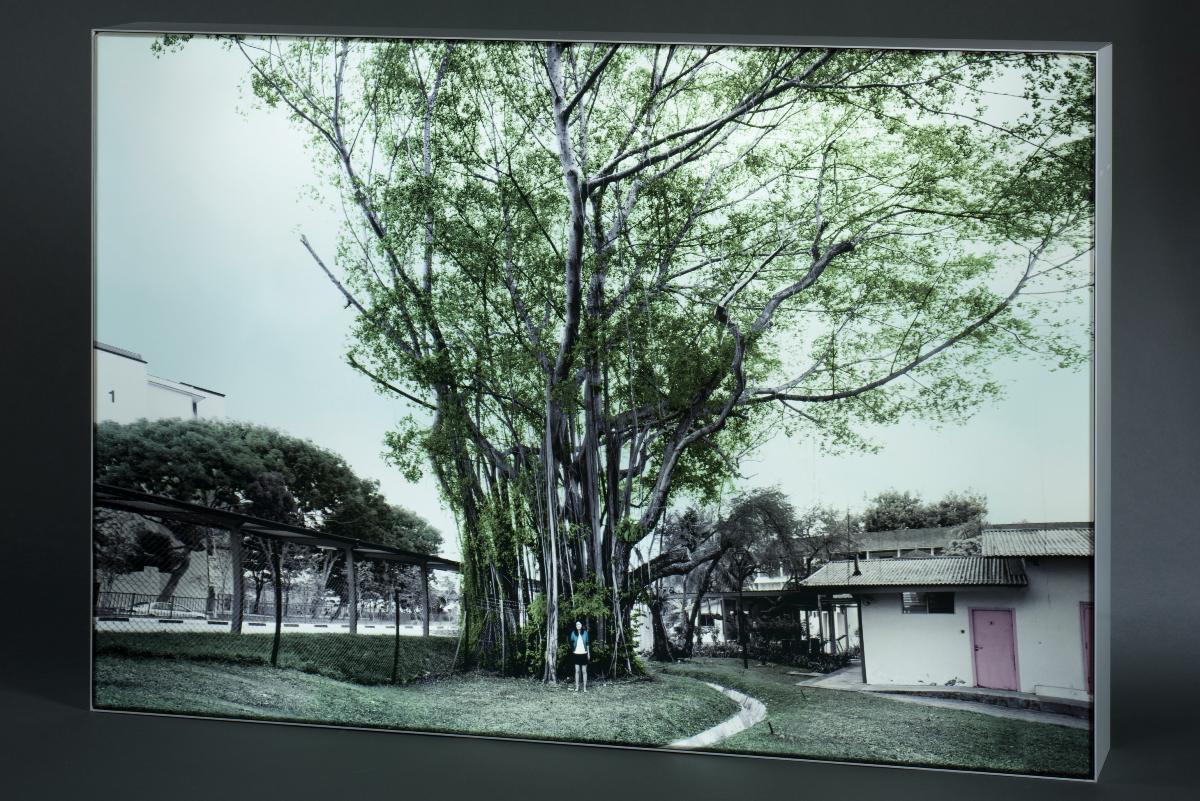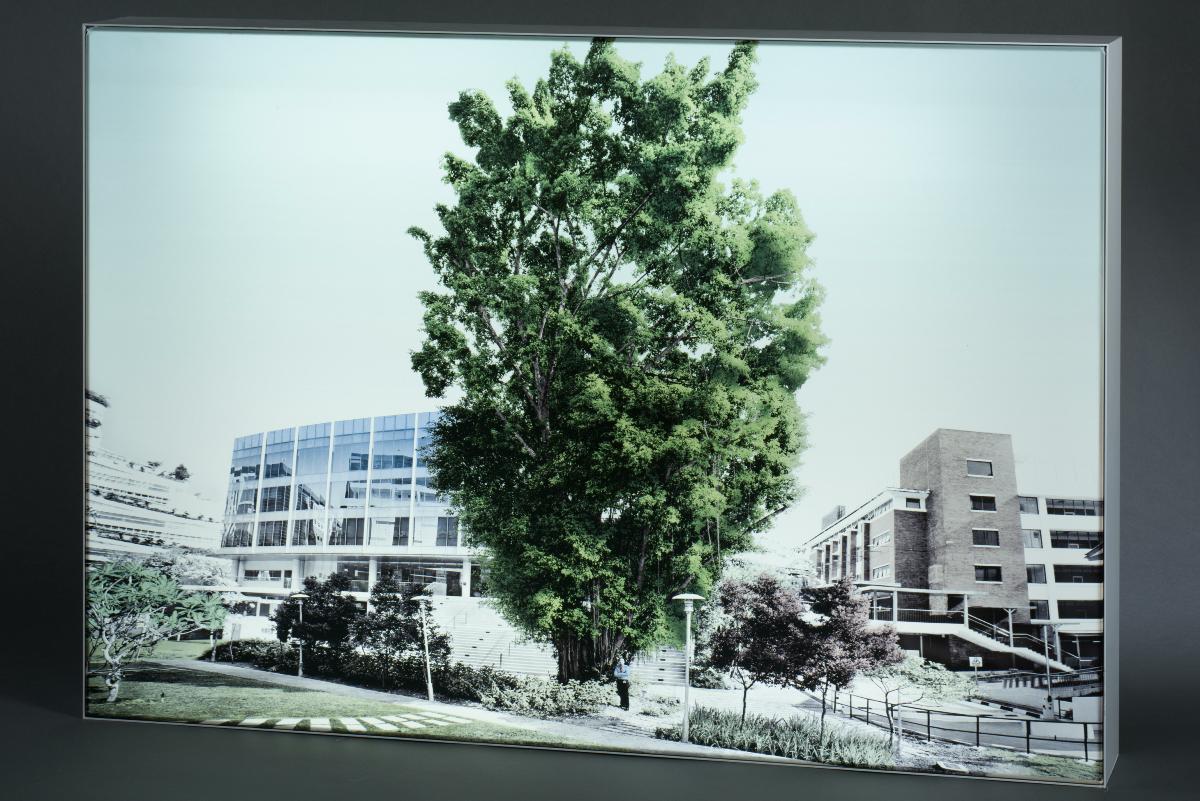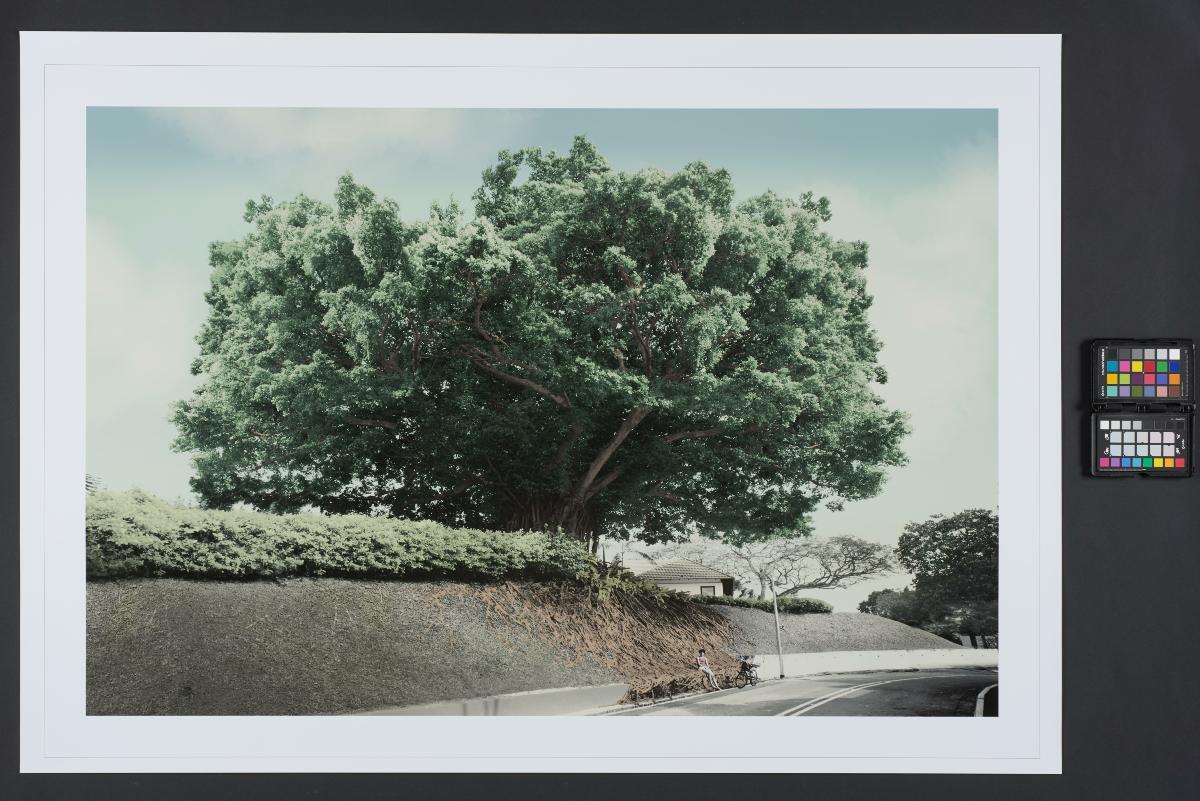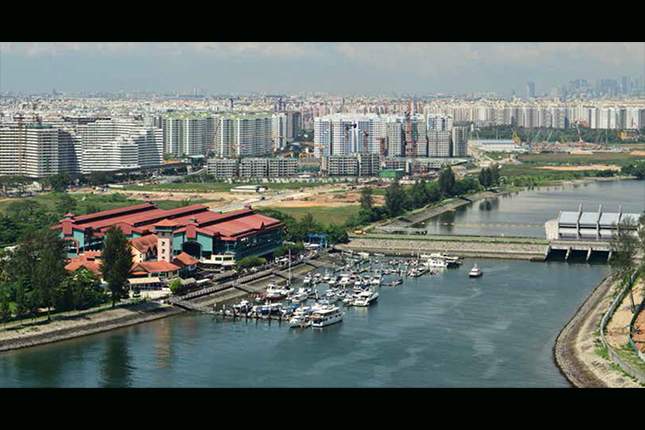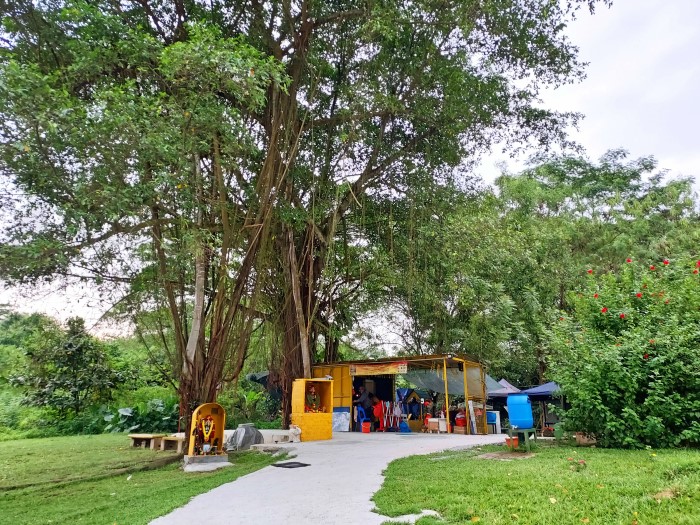Substation Malayan BanyanBehind the Substation, along the walls of Timbre, there used to be a massive banyan. Over the years, ithad witnessed many of the changes to the art centre, as well as the evolution of the neighbouring civiclandscape, such as the demolition of the National Library that used to be right beside it. In 2015, tomake way for the construction of a new building for the Singapore Management University, the tree wasuprooted to be transplanted to a yet-to-be-decided location.The tree had been there before the Substation, which was founded in 1990 by Kuo Pao Kun. He foughtto get the garden next door as well, not only to expand the activity space of the art centre but topreserve the connection between art and nature. For many years, the banyan tree was part of theGarden, sheltering the now-defunct Fat Frog Café, and was the site of many events, gigs andperformances. It was also long associated with the former National Library at Stamford Road.Many artists, administrators and arts goers cherish fond memories of the tree, and some have evengrafted parts of it to grow into seedlings. One of them is Lucy Davis, who calls it a “darkly supportivepresence” through the Substation’s many changes. She says: “The tree was there when Zai Kuning andJeremy Hiah were teaching us lino cuts for T-shirts for the peace concert that marked the invasion ofIraq in 2003. This was there when Tan Kok Meng arranged the Homescapes installation beneath it in1999, in which Paul Rae performed. Tang Fu Kuen lived in that installation ‘home’ beneath the banyanfor a week. He complained a lot about the bugs.”Audrey Wong, former Substation artistic director, says that the tree had always had a “primordial”energy. The roots had grown into the Garden’s wall, damaging it beyond repair. Artists who painted onthe wall had to work with an uneven surface. In addition, tree pruners uttered rituals before they trimmedits branches, and one artist told Wong that he had seen “eyes” in the tree before.“So there was a feeling that the tree had a living spirit,” she says. “And it might be this primordial senseof a spirit that existed way before we were there, before Pao Kun came along and developed theSubstation, that made people uncomfortable when Timbre transformed the Garden into a live music barand bistro - perhaps it could disturb the tree spirits?”In any case, Timbre will outlast the tree, it seems. Annabelle Aw, programme manager for visual arts forthe Substation, is melancholic about the changes, but says there might be some consolation for the endof this beloved but voiceless tree. She says that seven saplings were born out of the tree grafts, and are“now in the good hands of artists”.The tree’s transplantation in late 2014 was a delicate process, in which the tree’s roots had to be slowlyremoved from a brick wall they penetrated. When parts of the banyan were cut away, some old bricksfrom the former National Library were found among its roots.One line at the back of postcard:No.19The Substation Banyan TreeBanyan Tree, Sin Ming AvenueBirds and Cobra





